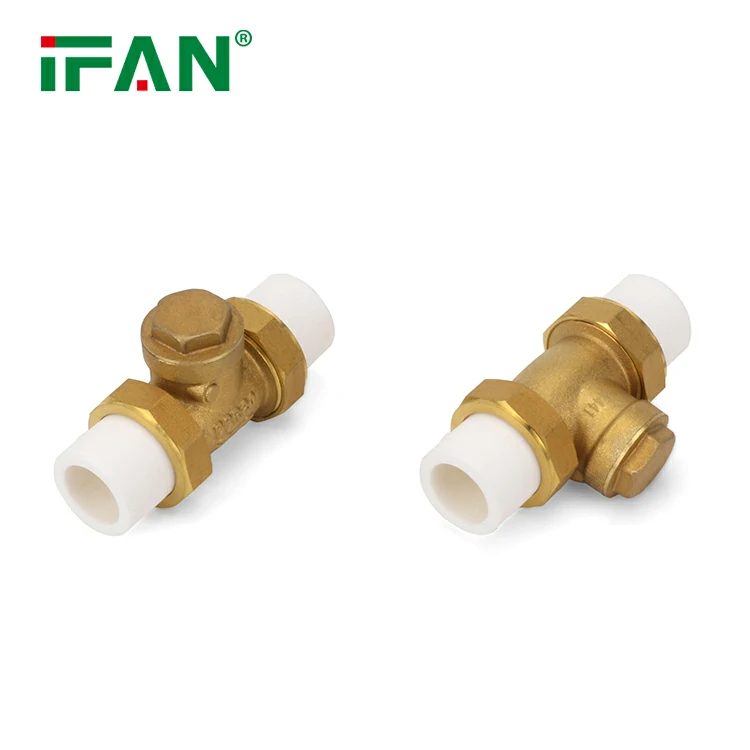Understanding PPR Check Valve Orientation
PPR check valve can generally be installed horizontally or vertically. Most modern designs accommodate both orientations effectively. The valve’s internal mechanism determines its positioning flexibility. Swing-type PPR check valves work well horizontally. Spring-loaded models offer even greater installation versatility.
Manufacturer Specifications Matter
Always consult the product manual before installation. Some PPR check valve models have specific orientation requirements. Manufacturers indicate allowable positions clearly. Ignoring specifications may void warranties. Certain industrial-grade valves demand vertical installation only.
Flow Direction Considerations
Horizontal installation requires proper flow direction alignment. The arrow on the PPR check valve body indicates correct positioning. Reverse installation prevents proper valve operation. Water hammer risks increase with incorrect flow direction. Professional plumbers ensure proper directional installation.
Performance Differences by Orientation
Horizontal mounting may slightly reduce flow efficiency. Gravity assists valve closure in vertical positions. Debris accumulation differs between orientations. Pressure requirements vary by installation angle. Most residential systems show minimal performance variation.

Common Horizontal Installation Applications
PPR check valves work horizontally in:
- Irrigation systems
- Solar water heater circuits
- Horizontal pipeline sections
- Under-sink water filters
- Industrial process lines
Potential Installation Challenges
Horizontal mounting requires proper pipe support. Valve weight can stress unsupported joints. Access for maintenance becomes crucial. Condensation drainage differs from vertical setups. Space constraints sometimes complicate horizontal placement.
Maintenance Implications
Horizontal PPR check valves need more frequent inspection. Sediment collects differently than in vertical installations. Testing requires system shutdown in most cases. Replacement procedures remain similar across orientations. Professional maintenance extends valve lifespan.
Expert Recommendations
Most technicians approve horizontal PPR check valve installation. Choose high-quality valves from reputable brands. Ensure proper pipeline support structures. Consider future maintenance access during planning. When uncertain, consult certified plumbing professionals.
PPR check valves perform reliably in horizontal positions when installed correctly. Proper selection and installation prevent most operational issues. Regular maintenance ensures long-term functionality regardless of orientation. Always prioritize manufacturer guidelines for optimal performance. Professional advice helps address specific system requirements.

